A crowd-free Acropolis? It’s yours for €5,000
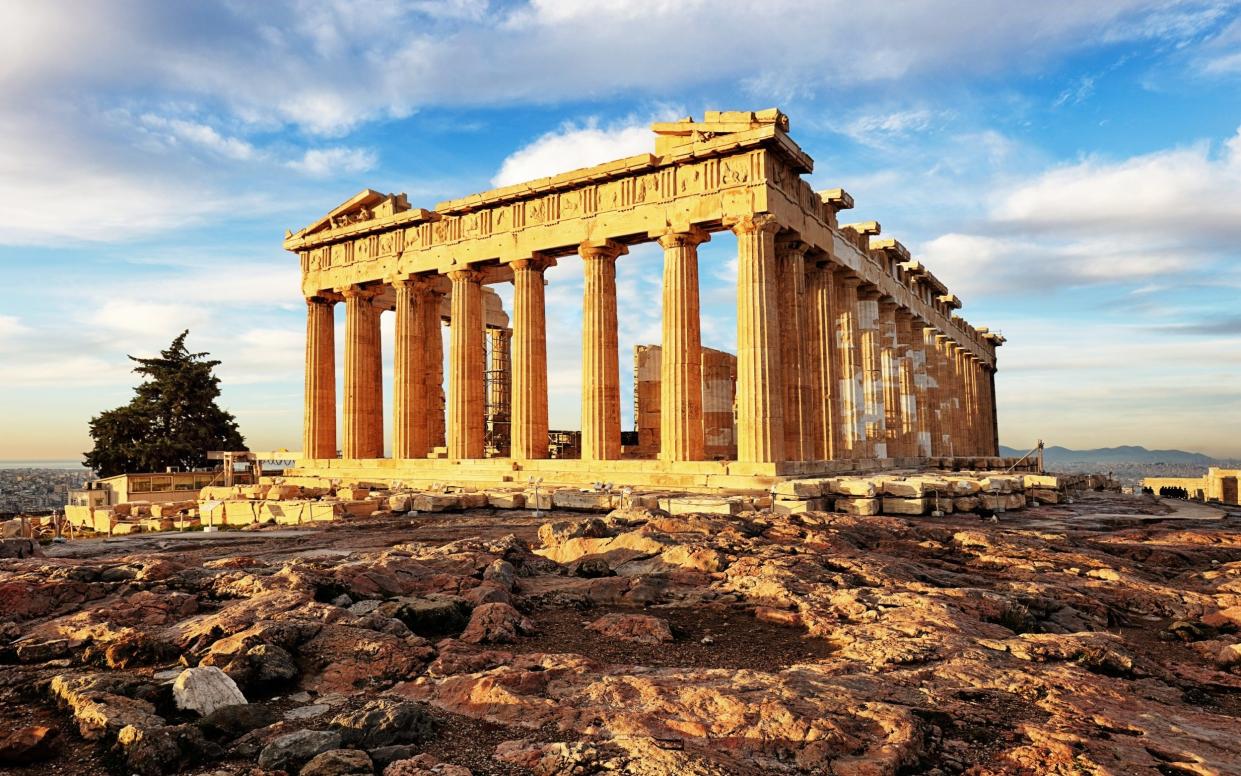
There has been uproar in Athens this week, with reports that the Greek culture ministry is planning to introduce private out-of-hours visits to the Acropolis and the Parthenon. The news stirred up an indignant response from those who see such arrangements as deeply elitist and unfair.
The proposed tours, which would cost €5,000 for a group of five, would allow tourists to be guided around one of the world’s most famous historic sites for two hours before and after normal opening times. The motive, of course, is money. The Hellenic Organisation of Cultural Resources Development (which is connected to the Greek culture ministry) thinks that such an initiative could raise up to €40,000 a day to help develop and protect cultural sites.
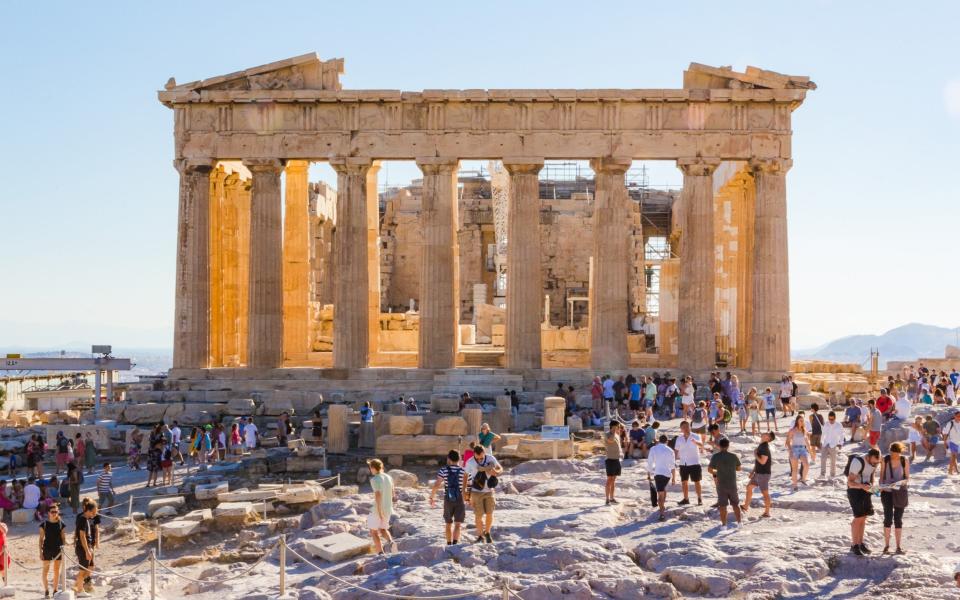
Such a scheme may be new for Athens, but the wider world of cultural tourism has long operated like this. If you have the budget, a discrete enquiry will usually open doors after or before hours, so that you can enjoy the most famous art, sights and attractions without having to rub shoulders with hoi polloi.
Such eye-watering price tags are not the whole story, however. As the number of tourists desperate to catch a glimpse of the Mona Lisa or Michelangelo’s Sistine ceiling returns to post-pandemic levels, so the number of options to avoid them is increasing. Some museums – such as the Uffizi in Florence and the Musée d’Orsay in Paris - have reservation systems so that you can cut out the worst of the queues. But there are some pricier ways to enhance your experience too.
Sistine Chapel, Rome

I sometimes wonder what Michelangelo would have thought of the modern-day experience of seeing his frescoes in the Sistine Chapel. His spectacular meditations on the Creation and the Last Judgement were made for a rarefied atmosphere: the Pope’s inner sanctum, his private chapel. Of course, it is still his private chapel, but such is the weight of numbers which now pours into it during visiting hours that the experience is less a profound aesthetic or religious experience and more akin to getting in and out of a football stadium. The Vatican Museums do their best to even out the flow - entry to the chapel comes at the end of the visitors’ itinerary. But it’s not a visit for a faint-hearted art lover, and you would do well to plan for a visit in December or January.
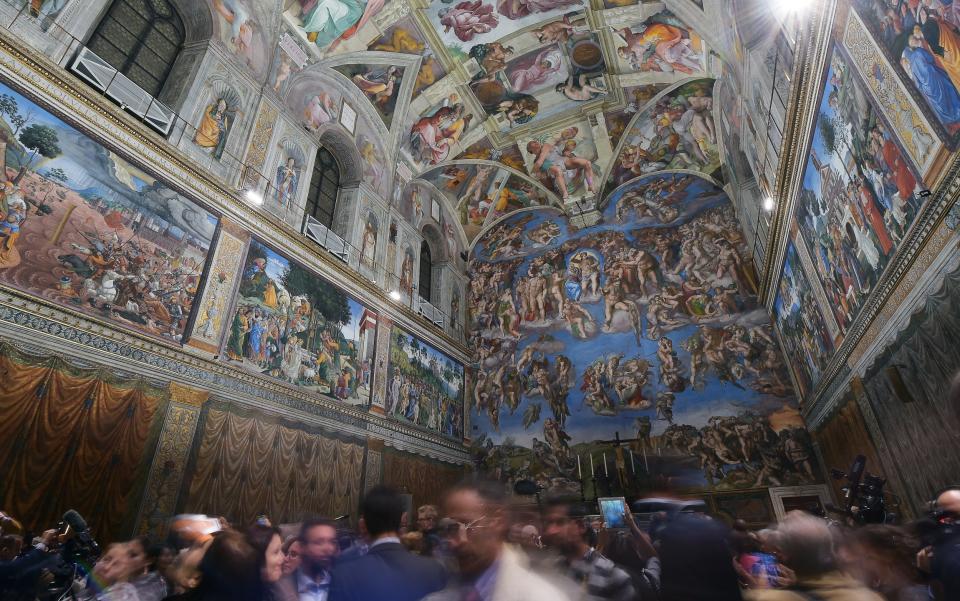
What a visit usually costs: A €20 ticket allows entry to the Vatican Museums and the Sistine Chapel.
For the privileged few: Walks of Italy (walksofitaly.com) offers an alternative, if you are prepared to get up early. Its special access guided tour (group size up to 20) starts at 6am and gives you two hours to explore the museums, the Raphael rooms and the Sistine Chapel before it opens to the public. It costs from £446 a head.
St Mark’s Basilica, Venice
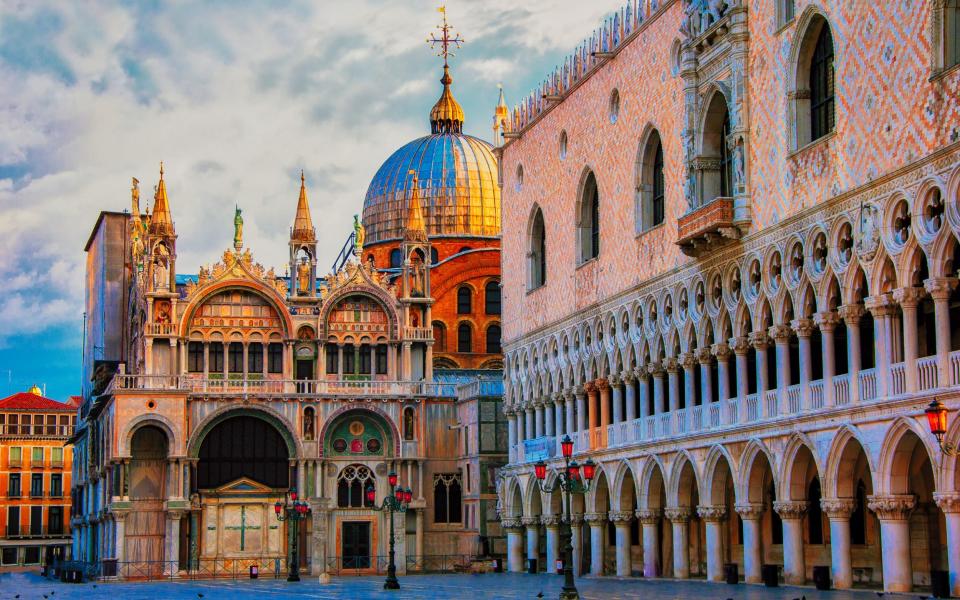
Another holy space, this one also originally created as a private chapel for the Venetian Doge, St Mark’s Basilica and is, in my view, even more compromised by crowds. It should be the most astonishing experience. The thousand-year-old gold mosaics on the walls and domes have a light and life of their own, especially towards the end of the day when the setting sun streams in and they flicker and glow like embers. But to enjoy them you will normally have to join the lengthy queue which stretches back into St Mark’s square. Security checks and basic crowd control mean the numbers have to be managed. In practice, the queue is never-ending. It continues moving slowly through the church as you follow the visitor route.
What a visit usually costs: You can visit St Mark’s Basilica for just €3. Children go free.
For the privileged few: Viator (viator.com) – a specialist in guided tours and experiences around the world – operates small-group guided visits (limited to 25 people) after the church has closed to the general public. They include access to the main sights in the nave and the crypt and last about an hour and a half. They cost from £68.20 a head, depending on the date, though the price can rise to over £300 if you include an optional out of hours visit to the Doge’s Palace at the same time.
Versailles Palace
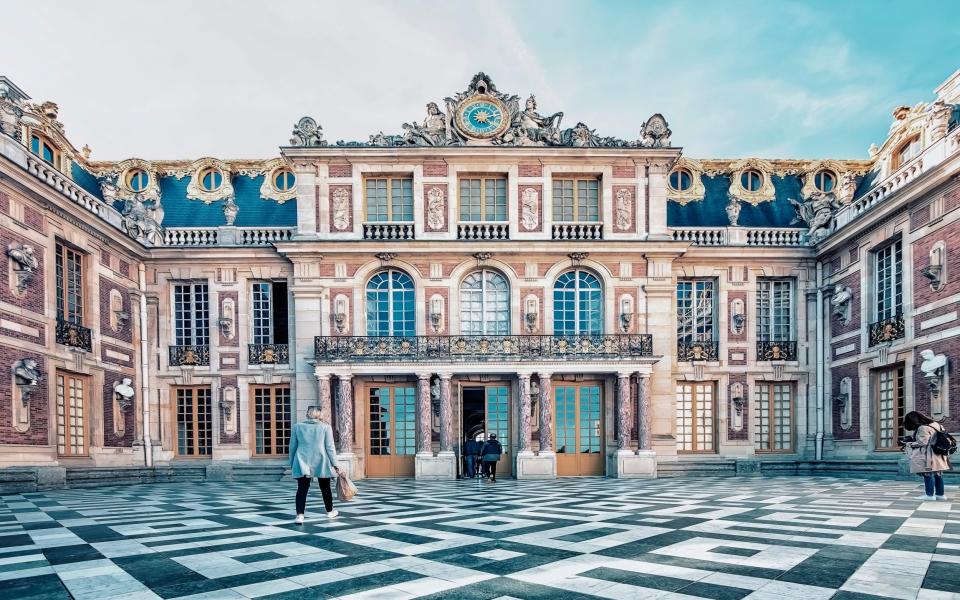
Louis XIV’s baroque pleasure palace is vast: the main building alone has 2,300 rooms, and there are two more chateaux – the Petit and Grand Trianon – in the grounds. Add to that the Royal Opera, Marie-Antoinette’s model village, acre after acre of parks and formal gardens and – on summer weekends – spectacular firework and fountain displays. A committed visitor could take days to see it all. But most don’t. They want the highlights: the Hall of Mirrors, the King’s Apartments, and the Private Apartments of Marie-Antoinette. So once the coaches start arriving and the entrance gates swing open, the result is, to put it bluntly, very often a scrum.
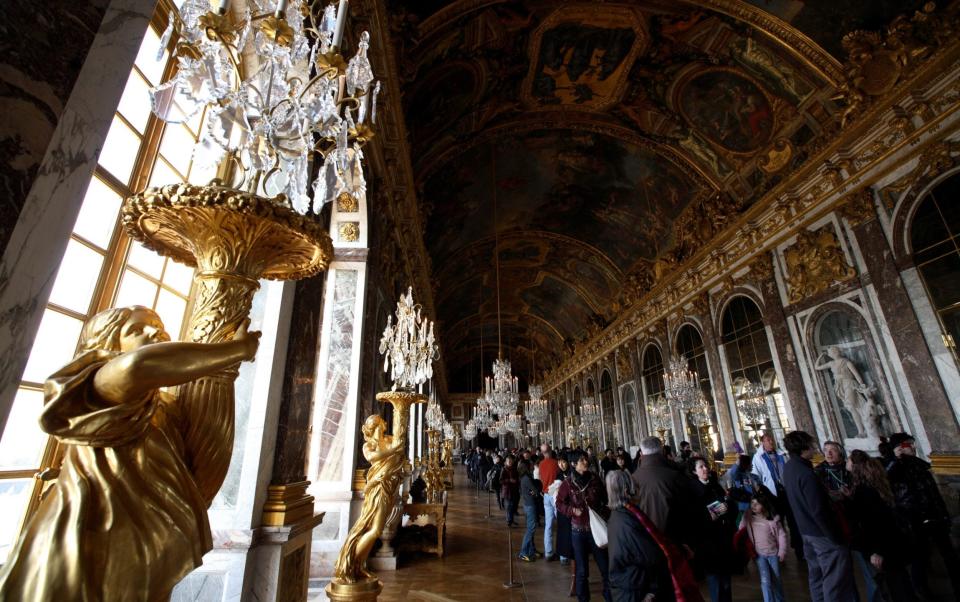
What a visit usually costs: A ticket to just the palace will set you back €21, while access to the whole grounds costs €32.
For the privileged few: One of my most enjoyable ever assignments was a stay in the Le Grand Controle hotel (airelles.com). This was the former state treasurer’s mansion, which was built just inside the walls of the park surrounding the Château. It has just 14 sumptuous bedrooms, a fabulous restaurant, and an air of both history and fun about the place. But its real USP is the privileges it allows to its guests. You have direct access to the grounds at all hours, and the hotel supplements this with daily out-of-hours tours of the palace included in the room rates. So when you enter the Hall of Mirrors, the only reflection you see is your own. Double rooms from about €2,000 including breakfast and tea.
The British Museum
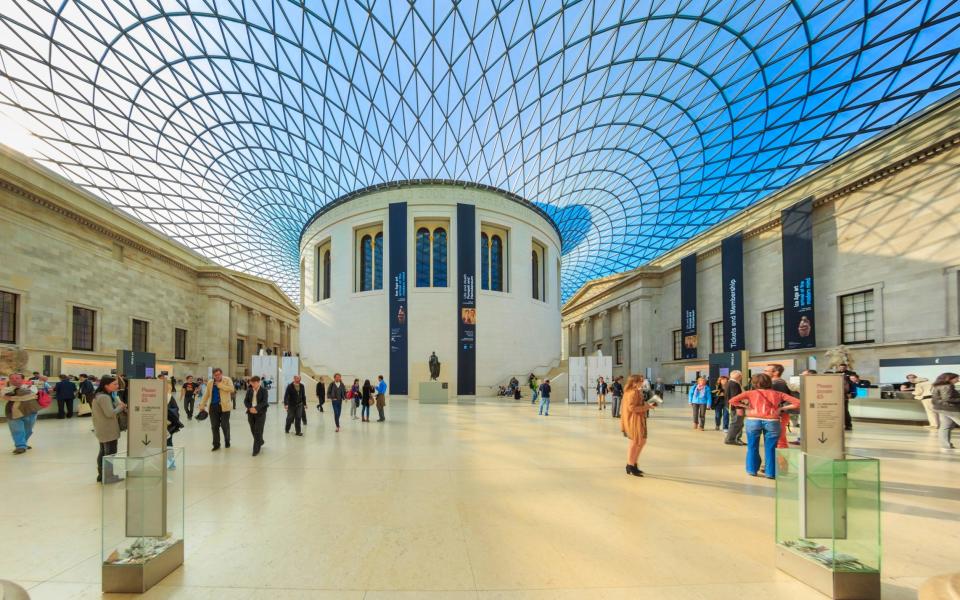
Despite a rocky ride recently with the scandal of its missing artefacts, the British Museum has bounced back from the pandemic more successfully than any other major London museum, with visitor numbers up 42 per cent in 2023 compared with 2022, just a few per cent below its record. That means a lot of people (nearly six million a year) crowding through the security checks. It’s a big place of course and, once you are in, it is easy to find the quieter corners and galleries. But the pressure on the Elgin Marbles, the Egyptian mummies and the Rosetta Stone at peak times can be intense.
What a visit usually costs: A visit to the permanent collections is free.
For the privileged few: The good news is that the museum operates one of the best value programmes for out-of-hours visits. It offers a choice of five different highlights tours, which are led by its volunteer guides. They begin at 8.50am - which allows about an hour in the museum before the 10am opening time. They include a general introduction tour and others that focus on China, Ancient Egypt and Ancient Greece and each tour costs £33 a head (britishmuseum.org/visit/out-hours-tours).
Luxor Temple
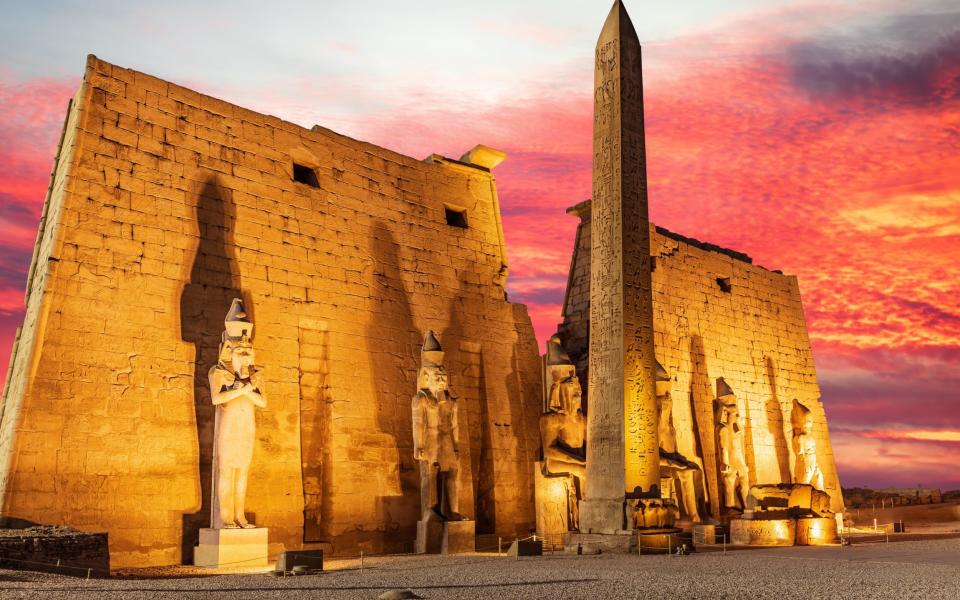
The sites around Luxor certainly get busy - especially some of the underground tombs. To see Tutankhamun’s may well mean waiting a long time for a very short glimpse into the interior. But it is often the searing heat of the Egyptian desert as much as the crowds that makes visits so enervating. Two of the most popular visits, alongside the Valley of the Kings, are the Karnak Temple complex and Luxor Temple, which was built partly by Ramesses II and Tutankhamun and, so the theory goes, was where the pharaohs were crowned.
What a visit usually costs: Tourists pay 400 EGP (£6.63) to enter Luxor Temple.
For the privileged few: If you are feeling especially flush, and you prefer the idea of visiting Karnak or the Luxor Temple during the relative cool of the evening, Egypt Vacation Tours (egyptvacationtours.com), can arrange access to the sites after hours with an expert tour guide. Not only that but, if you want longer to drink in the experience, it will throw in dinner at Luxor Temple. Visits to Karnak cost from US$510, while the Luxor Temple dinner costs from US$1,950. Both prices are per person based on a group of 9-17 adults.
The Last Supper, Milan
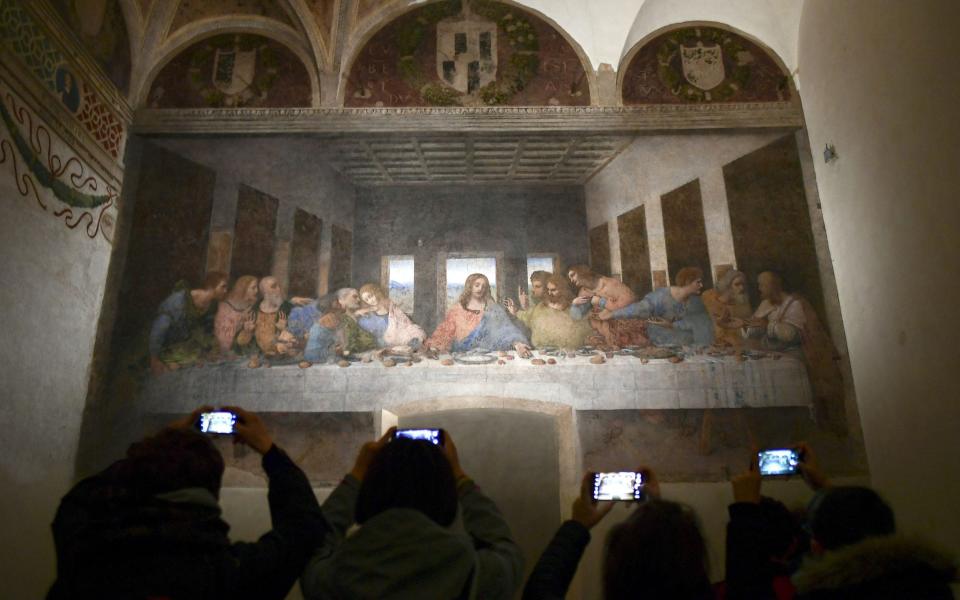
Leonardo’s Last Supper is, along with Michelangelo’s Sistine Chapel ceiling, one of the most famous large scale paintings ever made. But its fragility and the relatively small size of the room for which it was made mean that it can accommodate nothing like the same number of visitors as the chapel in Rome. To see it, you will normally have to reserve weeks in advance, even though you will get just 15 minutes in the room, along with up to 29 other people. The result is that many who turn up without planning far enough in advance miss out on seeing it.
What a visit usually costs: A standard ticket to see the Last Supper costs €15.
For the privileged few: The answer is to buy your way in and Tick Italy (tickitaly.com) has the workaround. It says it liaises with local licensed guides who offer visits to view the Last Supper as part of a larger tour and so it is often able to add additional visitors into the group to take up unused places. To get in at short notice you’ll have to pay more than double the regular ticket price – from €36.50 – and you will still only get 15 minutes. But at least you will see it.

